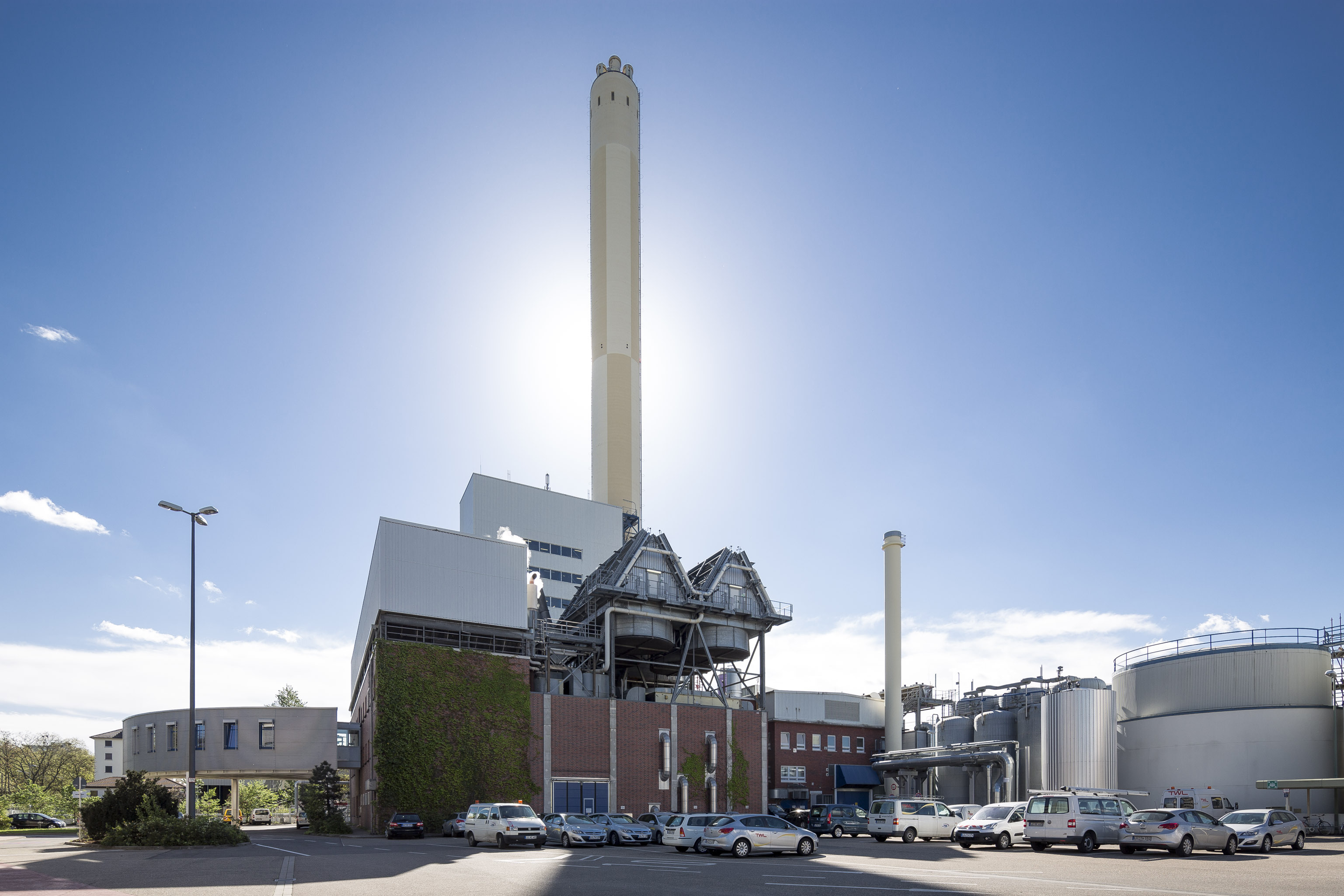In the project sponsored by the Federal Ministry for Economic Affairs and Energy (BMWi) and implemented in cooperation with GEF Ingenieur AG and TWL (Technische Werke Ludwigshafen) we research on dynamic district heating to improve the efficiency of corresponding processes. The project has already developed and tested a software tool for network simulation, which TWL uses to optimize its operations.
District heating grids supply heat and warm water. The operators of district heating plants generate part of their revenues from the sale of electricity, generated in parallel at the combined heat and power (CHP) plants. The integration and dynamic control of the district heating grids as energy storage systems ensures efficient operation of the turbines and optimal use of the existing storage tanks.



